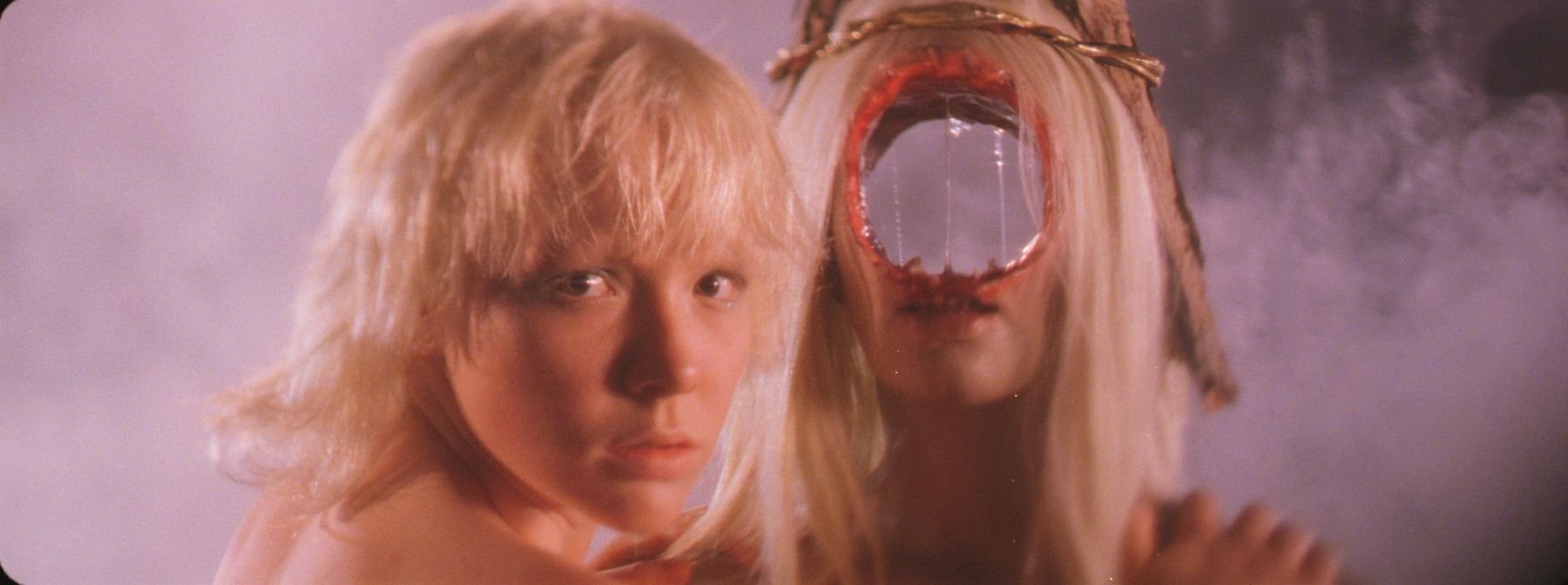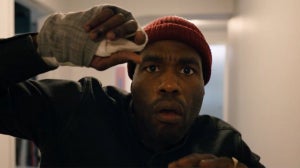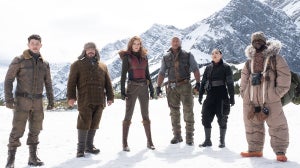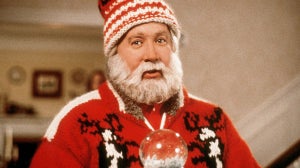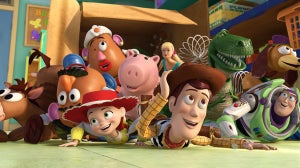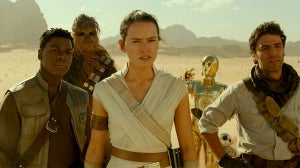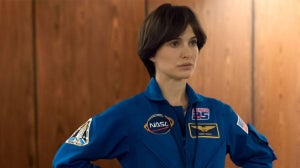
On a faraway planet known only as After Blue, men are nowhere to be seen.
This intergalactic colony is hospitable only to “ovarian bearers”, with anybody who doesn’t fit that description dying immediately upon entering.
It’s in this space terrain where we first meet Roxy (Paula Luna) and her mother Zora (Elina Löwensohn), who are tasked with saving the planet from destruction after Roxy unwittingly rescues the most despicable villain in the universe: Kate Bush (Agata Buzek).

Unlike the Running Up That Hill chanteuse, this Bush wreaks havoc on everything in her path – oh, and she has an eyeball in her vagina too.
With his second feature, French filmmaker Bertrand Mandico has created another cinematic acid trip, which plays with conventional ideas of genre and gender in equal measure.
After loosely reimagining The Lord Of The Flies for his 2017 debut The Wild Boys, this time around Mandico is setting his sights on breaking apart the most stereotypically masculine genre of them all: the western.
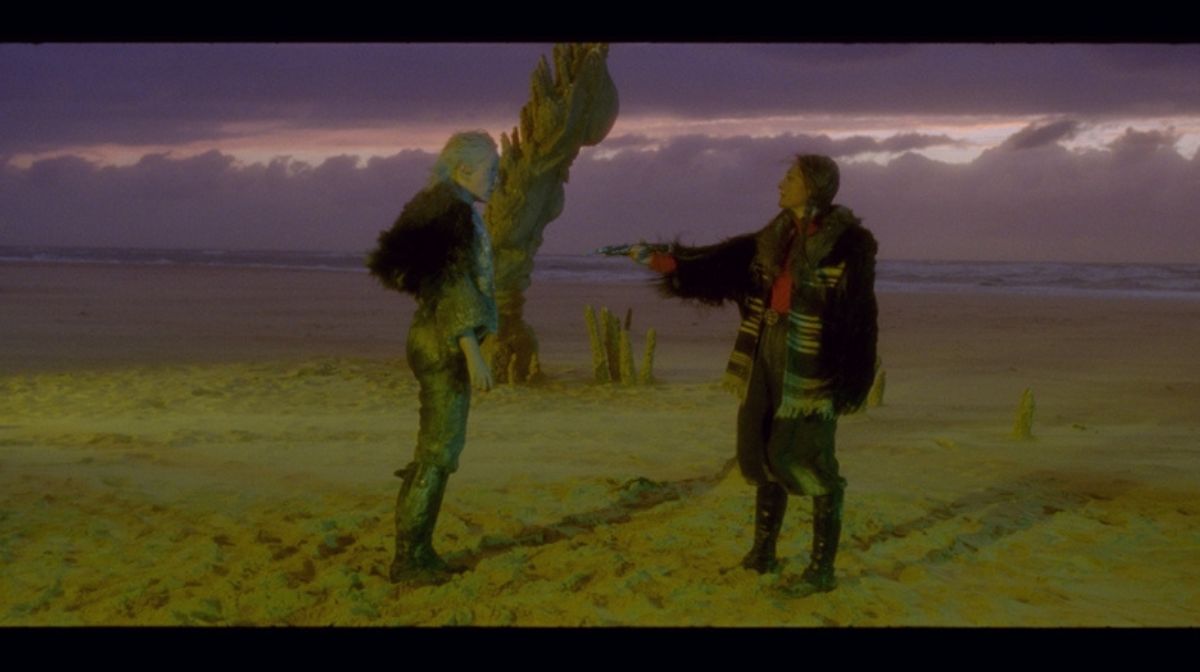
Or, that’s at least how it plays out – in reality, the director’s affection for westerns is nothing but sincere, as he explained to Zavvi: “What I like about the western is the minimalism; in a classic western, most of the time all you need is a horse, a gun, and a village setting surrounded by gorgeous landscapes.
"But I much prefer deviant westerns, like the Italian ones with their outrageous stylisation, that through filmmakers like Sergio Leone, are pushed to their limits to become borderline experimental cinema. I’m also a big admirer of the American westerns of the seventies, which are often more melancholic, showing us antiheroes lost in a brutal and absurd world.
“One of those films I’m most taken with is Robert Altman’s McCabe and Mrs Miller, where the real heroine is the free and brilliant woman played by Julie Christie. This was on my mind when creating After Blue and playing with the image of the western, imagining pioneers on a virgin planet; it’s a western free of the male presence, and a science fiction film free of the technological presence.”
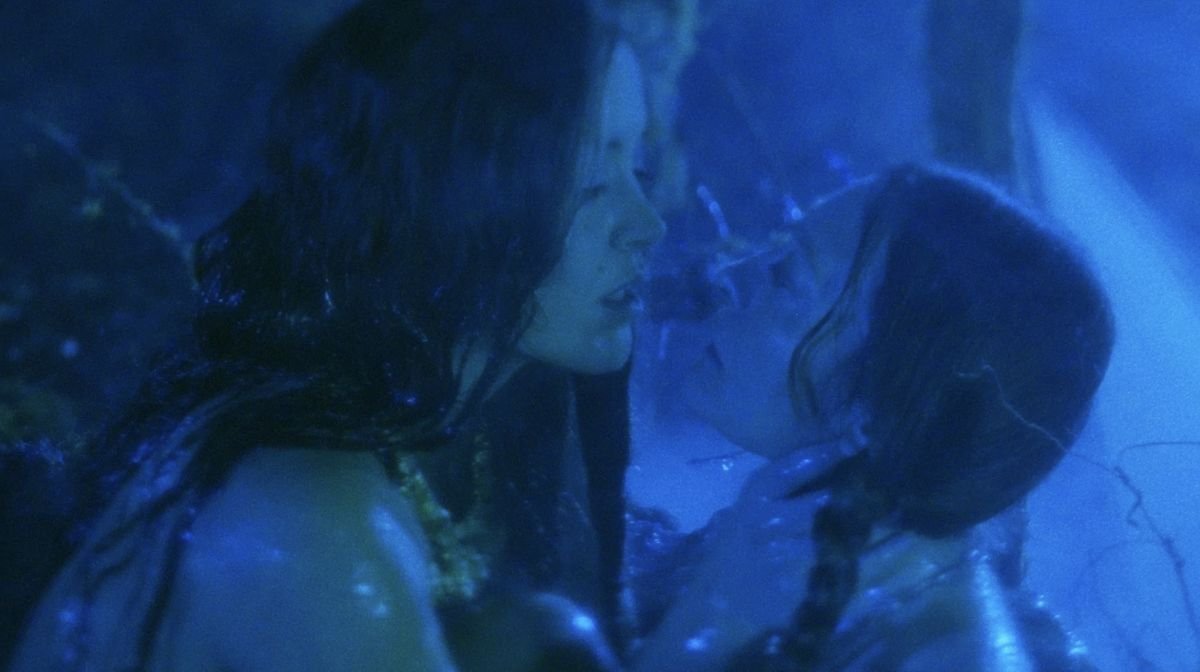
Despite being a science-fiction film set in a distant future, the film draws entirely on visual influences from the more lurid parts of genre cinema history, feeling like an unearthed B-movie from the past. The film’s one major tie to contemporary culture is via the name of the villain, Kate Bush, who Mandico described as designed to be the real singer’s Doppelganger.
“Everything in the film is in opposition”, he explained. “This character who lives in the future taking the name of a singer from the past without even knowing her – this name being a residue of the pop culture of the past, handed down between generations, even though the art itself has long faded from memory.
“I’m a massive fan of Kate Bush; her world, sensibility and imagination feed me as an artist. I wrote After Blue all the way back in 2017, and never would have imagined this film would be releasing just as the culture was returning to her world – her resurgence is so deserved. But for me, it’s purely a lucky coincidence that I’m releasing this at the same time she’s back in the charts!”
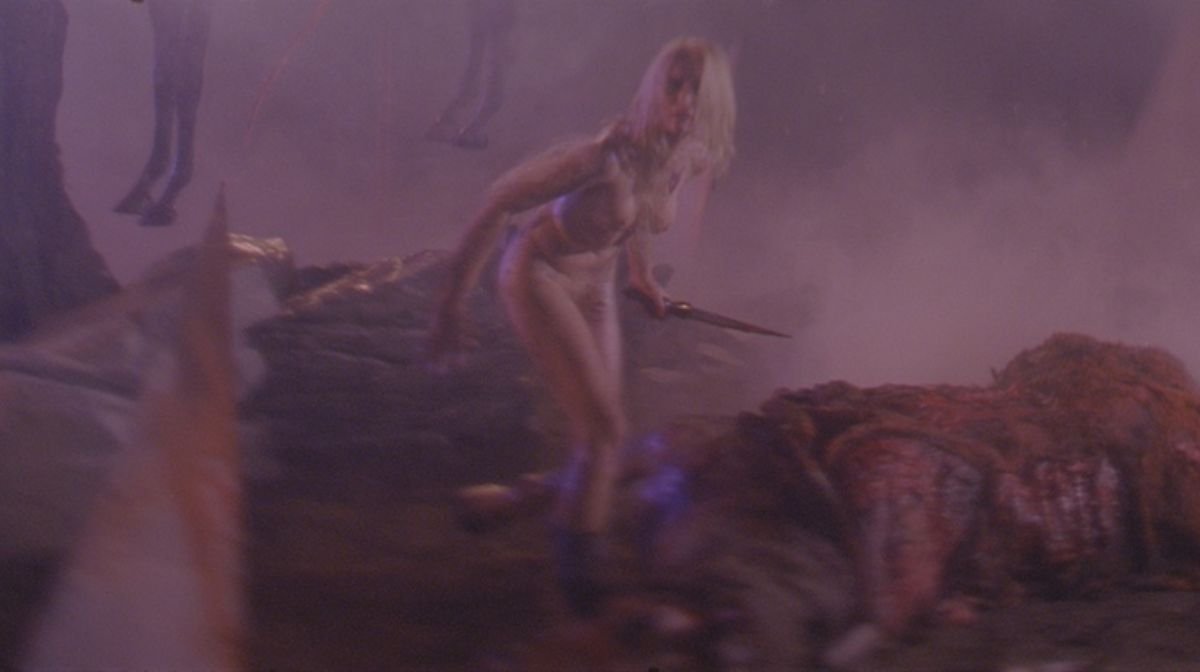
After Blue is released in cinemas with the subtitle “Dirty Paradise”, a sign that this planet is far from the feminist utopia it was envisaged as, with death and destruction still carried over into this new world. Mandico himself has said that he envisages the film as the middle part of a trilogy, depicting heaven, purgatory and hell – and considering his previous film depicted heaven as the destination five young boys were sent as punishment after committing a savage crime, it’s safe to say his ideas of what the other two otherworldly realms consist of differ from established convention.
“For me, heaven contains a part of hell and purgatory, and purgatory contains a part of heaven and hell”, he explained. “Everything is intertwined, but there is a dominant feeling that determines each place. Each of the three stories in the trilogy represent a symbolic quest, with an epic adventure story being the starting point, before drifting towards more esoteric concerns”.
The final film in Mandico’s trilogy is a loose adaptation of Robert E. Howard’s Conan the Barbarian novels entitled She Is Conan. As you can expect from the title, the gender of the famous character has once again been flipped here.

The project initially started life as a stage play, with Mandico previously telling Variety he was “initially repelled” by telling a story rooted in Howard’s universe. Now, with the film in post-production ahead of a likely 2023 premiere, he’s eager to highlight the film isn’t an adaptation, but a “variation”.
“The roots of the main character in my film can be found in Howard’s novel – but then the story takes another path, crossing eras and time. I wanted to develop a strong idea around the notion of barbarism, and the theme of old age killing its own youth.
"I was thinking a lot about Lola Montes, the 1955 film by Max Ophüls, when writing the film and developing its structure. That film is about a character who tells her story from the circus where she has been reduced to performing, and this is similar.
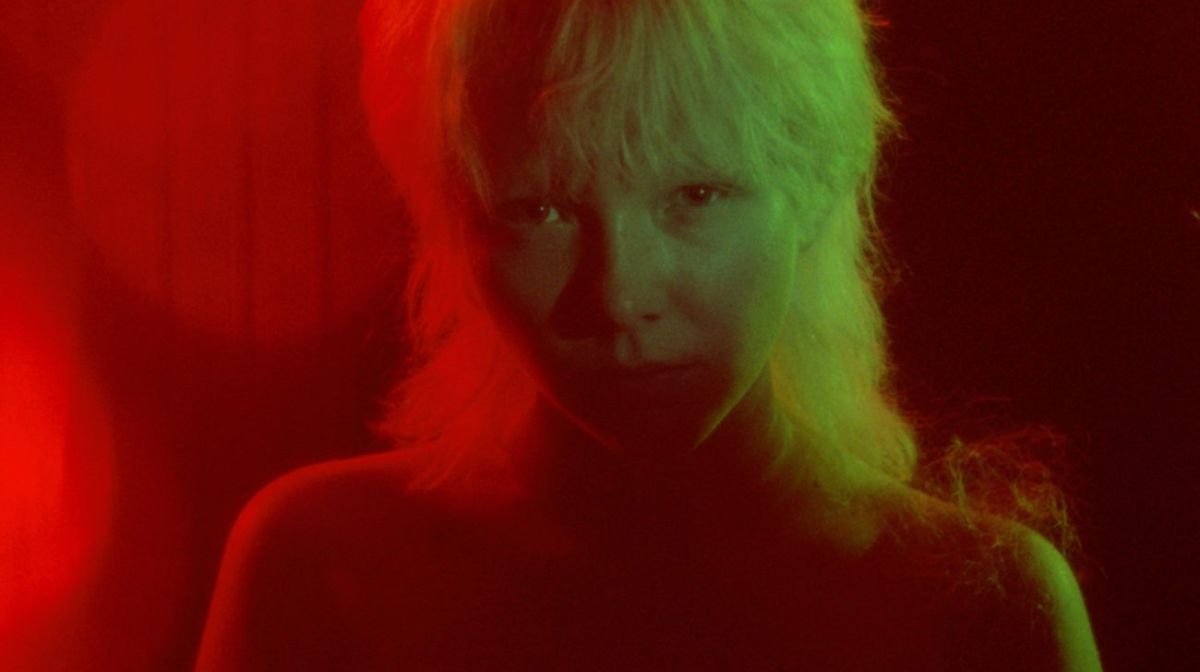
"It’s the story of Conan’s life told all the way through to the near future, with a different aesthetic style for each era”.
It sounds as far removed from any version of that story we’ve heard before – and after seeing the boldly imaginative world created in After Blue, you’ll be eager to see whatever weird, wild and wonderful project Mandico has crafted next.
After Blue hits UK cinemas on 7th October.
Subscribe to The Lowdown to get each edition sent straight to your inbox for free.
For all things pop culture, follow us on Facebook, Instagram, Twitter, and TikTok.

